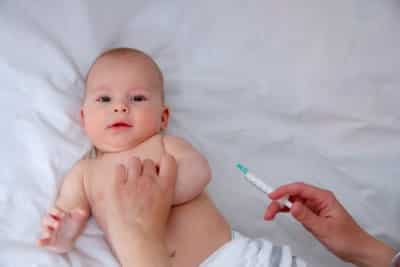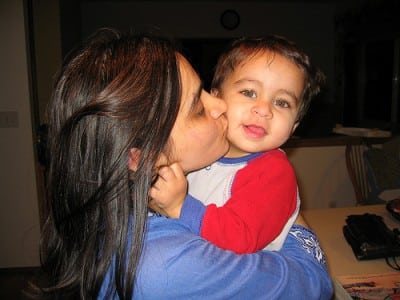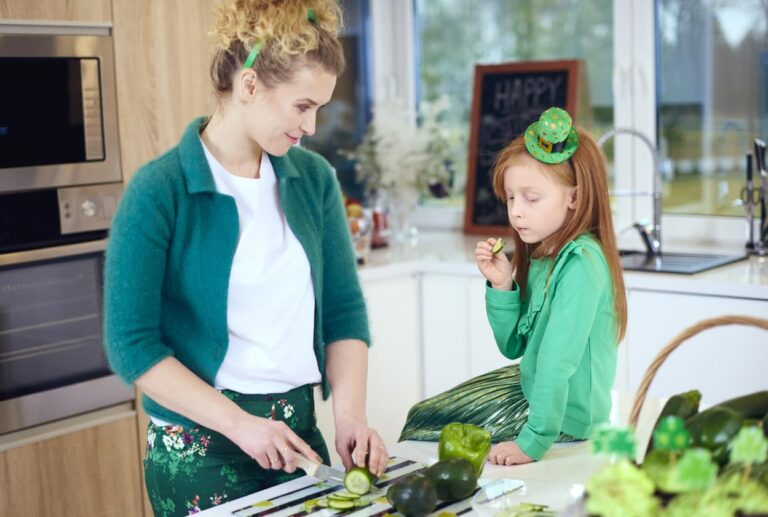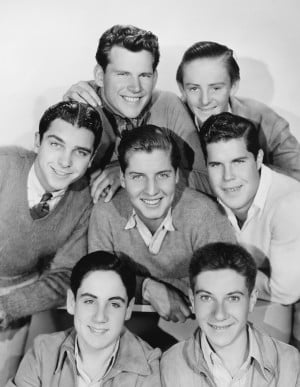Here Are the Worst Sunscreens for Kids and Babies This Year
With summer just around the corner, parents everywhere are stocking up on sunscreen to protect their kiddos. Pool parties, beach days, park play dates – kids spend a lot of time outdoors during the summer! But the sun and heat can be brutal, and if you’ve ever had a bad sunburn, you want to avoid that at all costs for your kids. I think most parents just assume that all sunscreens are the same. But a recent report by the Environmental Working Group tells us that isn’t the case. There are good sunscreens, and there are bad sunscreens. And then are these, the worst sunscreens of 2018 for babies and kids.
The worst sunscreens for babies and kids include some pretty popular brands! But what makes them so bad?
Some of the lowest-scored sunscreens in the EWG report were scored that way because of their ingredients. Sunscreens that performed the highest were nearly all mineral-based zinc oxide and/or titanium oxide as the active ingredients. Sunscreens that contain lower amounts of these ingredients should give parents pause. These may contain ingredients meant to boost the SPF number on the label. But those ingredients don’t actually offer any additional skin protection.
The report also says to avoid sunscreens that contain other potentially problematic ingredients.
Read the labels on your sunscreen. According to the EWG, parents should avoid buying sunscreens that contain retinyl palmitate, a form of vitamin A that is linked to sun sensitivity, and oxybenzone, which, the EWG says may be a hormone disruptor. It should be noted that oxybenzone is approved by the FDA for use in kids ages 6 months and older. And the American Academy of Dermatology says there is no evidence that it causes hormone disruption or poses any other health risk.
Finally, just because the sunscreen has a higher SPF, doesn’t mean it offers more protection. Proper application is the most important part of sunscreen, regardless of how high that number is.
https://www.instagram.com/p/TJFBLBSFoR/?tagged=neutrogenababy
Sonya Lunder is an EWG senior analyst and lead author of the 2017 Guide to Sunscreens. She told Parents.com, “People select products based on their SPF, or sunburn protection factor, and mistakenly assume that bigger numbers are better. Consumers think that they’ll get twice as much protection from an SPF 100 sunscreen as from an SPF 50 product.”
Lunder continued, “In reality, the extra protection is negligible. For example, an SPF 50 sunscreen that is properly applied will block 98 percent of UVB rays; an SPF 100 sunscreen will block 99 percent. In reality, people rarely apply enough sunscreen to achieve this level of protection. Every sunscreen needs to be reapplied at least every 2 hours, so when used correctly, sunscreen with SPF values in the range of 30 to 50 will offer adequate sunburn protection, even for people most sensitive to sunburn.”
Here are the worst sunscreens of 2018 for babies and kids. Take note when shopping for yours!
https://www.instagram.com/p/BWu-_7yF6tR/?taken-by=bananaboatbrand
Panama Jack Sport Sunscreen Lotion, SPF 85
Neutrogena: Sensitive Skin Sunscreen, SPF 60+ and Pure & Free Baby Sunscreen, SPF 60+
CVS Health Sun Lotion, SPF 60
Banana Boat: Sport Performance Continuous Spray Sunscreen, SPF 100, Kids Sunscreen Lotion, SPF 100, Kids Continuous Spray Sunscreen, SPF 100, SunComfort Sunscreen Lotion, SPF 50+
Up & Up: Sport Sunscreen Spray in SPF 15, 30, and 50, Sport Sunscreen Lotion in SPF 30 and 50, Sport Sunscreen Lip Balm SPF 50
I’ve been using Up & Up brand for a while, so it looks like I’m in the market for a new sunscreen! Better that than dealing with sunburns.
(Image: iStock/AGrigorjeva)






